
All categories
Featured selections
Trade Assurance
Buyer Central
Help Center
Get the app
Become a supplier

(153 products available)








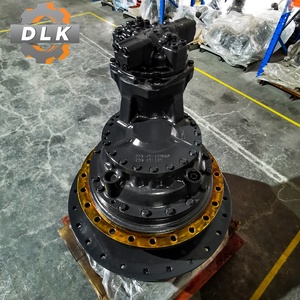

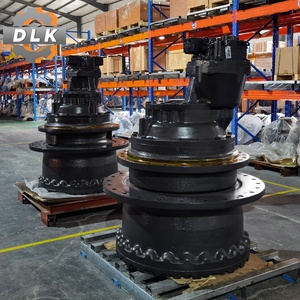
























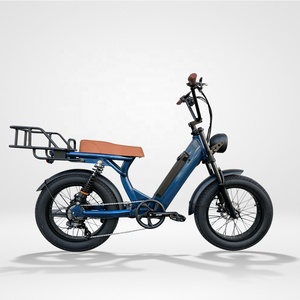
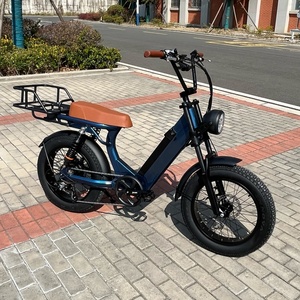


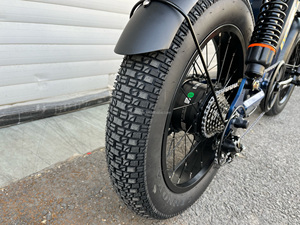

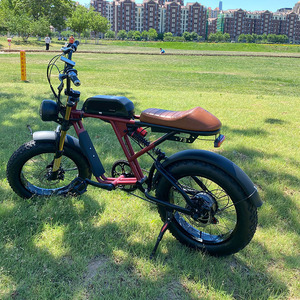




The scorpion electric motor industry has proliferated in recent years due to the demand for efficient and environmentally friendly energy systems. With technological innovations enhancing the performance of electric motors, they are being deployed in an expanding array of applications, from industrial enterprises to automotive, aerospace, marine, and even agricultural settings.
Scorpion electric motors are widely utilized because of their advances in operation and energy efficiency. Unlike traditional combustion engines, electric motors utilize energy to provide high torque with decreased noise. Barring some exceptions, the components for an electric motor are fewer; therefore, little maintenance is required, increasing production efficiency.
With the growing emphasis on sustainability, many industries are transitioning from fossil fuels to electric propulsion. This development is driven by regulatory frameworks encouraging the reduction of greenhouse gas emissions and other harmful emissions. The scorpion electric motor industry is expected to continue this upward trend as technology demystifies the cost of electric motors, making them more accessible. In-depth exploration of the various types of electric motors reveals interesting dynamics for this industry's future.
Scorpion electric motors have different types to serve various functions in the industries with an interest in them. They include the following:
These motors provide high efficiency and excellent speed control, making them highly appealing for use in the scorpion electric motor industry. They are designed with permanent magnets on the rotor and utilize electronic commutation rather than mechanical brushes. This innovation causes a minuscule organ to produce friction, which increases the motor's operational life and efficiency. These motors are made in various sizes that suit different applications, from smaller components in consumer electronics to large systems in the aerospace and automotive industries.
Stepper motors are another brushless E.M. type but work differently. Stepper motors move in distinct angular positions, or "steps," allowing precise position control. That makes them sufficiently appropriate for applications requiring accuracy, such as robotics and computer peripherals. The popularity of stepper motors is growing, particularly as industries like healthcare and manufacturing begin using component automation and robotic systems.
This motor runs on a constant AC supply and is known for high efficiency and reliability. Businesses use it to drive compressors, pumps, and fans in heavy industries. Due to the industrial transitions to more energy-efficient technologies, synchronous motors are gaining popularity.
Induction E.M. is the most common electric motor. I.E.M. operates using alternating current electric fields induced within the rotor, thus eliminating the need for permanent magnets or external power sources. The simple construction of these motors makes them one of the most used in industrial applications, such as conveyor systems, milling machines, and other heavy industrial equipment. Due to their robust nature and relatively low cost, I.E.M.s remain a critical part of the scorpion electric motor industry.
Many parts of a scorpion electric motor contribute to how efficient and effective it is. Here are some of the major parts:
The motor's stationary part contains coils of wire or laminated iron cores, depending on the type of motor. The stator generates a rotating magnetic field when AC or DC power is applied, which helps the rotor turn. In synchronous motors, permanent magnets are attached to the stator to create the magnetic field. In induction motors, an alternating current applied to the stator generates the magnetic field.
This motor component rotates inside the stator. Depending on the motor type, the rotor may have permanent magnets, conductive bars, or laminated iron. In brushless DC motors, the rotor has permanent magnets that interact with the magnetic field generated by the stator. In induction motors, the rotor, through the magnetic field, acquires an electric current, causing it to rotate.
This particular section is exclusive to brushed DC motors. The commutator is a segmented metallic ring fixed to the rotor. It transfers electric currents from the stator to the rotor while the motor is rotating. The commutator is attached to carbon brushes that slide over the rings to supply power to different rotor sections. It helps maintain the rotating magnetic field by changing the rotor's power supply, resulting in the motor's continuous rotation.
This is a key component of the electrical machine connected to the rotor. The paclobutrazole is made of carbon and metal. It conducts electricity and transfers the electric current to the rotor to generate the required electromagnetic force to ensure the electric motor rotates. The paclobutrazole is strong and can withstand high temperatures, which is a must since electric motors generate heat during operation.
Scorpion electric motors have practical uses across many commercial sectors. Some of those sectors include:
The automotive industry has been progressively transitioning to electric vehicles (EVs) in recent years due to changing consumer interests and policy requirements. The EV scorpion motor is a crucial element of an electric vehicle's propulsion system, using power from an imbibed energy source to propel the vehicle. Compared to internal combustion engines, EVs have fewer moving parts, meaning they require less maintenance and, therefore, less commercial maintenance. Businesses save on fuel by running these vehicles on electricity and are increasingly switching to EVs to cut down costs and adhere to environmental regulations. The rise of ancillary services such as EV charging infrastructure contributes to the automotive industry's interest in electric motors.
Scorpion electric motors are essential to the industrial sector, where they drive different machinery and equipment, including compressors, fans, pumps, and conveyors. Because of their efficiency and reliability compared to older types of machinery that run on fossil fuels, these motors are widely used. Hence, manufacturers are turning to electric motors to help with energy savings and compliance with environmental policies.
Electric motors power various systems in the aerospace sector, including actuators, pumps, and environmental control systems. With the recent excitement over electric vertical take-off and landing (eVTOL) aircraft and urban air mobility (UAM) concepts, the demand for high-performance electric motors has risen sharply. These new aerial applications require efficient, lightweight motors that can deliver high power density to decrease flight times and increase payload capacities.
Electric motors move fans, hard drives, and other components within the consumer electronics sector. Scorpion electric motors are power-efficient and compact, making them a desirable option in this space. With this motor, companies can develop quieter devices with less heat, further adding to their appeal in a space dominated by laptops, smartphones, and gaming consoles.
The marine industry increasingly uses electric motors for propulsion systems, winches, and onboard equipment. With growing restrictions on maritime emissions, the industry shifts toward electric and hybrid-electric propulsion systems. These systems use scorpion electric motors that reduce operating costs and comply with international regulations regarding the marine environment.
Selecting the correct scorpion electric motor requires businesses to carefully consider several factors. Here are those factors:
Electric motors are usually selected for the amount of torque they can provide and, generally, their speed. Torque is the turning force that enables the motor to carry out its work. Speed refers to how fast the motor will perform the job. These two variables must be considered concerning the intended use of the motor because different applications will require different torque and speed. For instance, high torque and low speed are sufficed for a motor used in a food processing conveyor, whereas a high-speed motor with low torque suffices for a motor used in a cooling fan.
The right electric motor for the job is the one that meets the application's power requirements. In simple words, different industrial electric motors will require different power sources to run. AC motors require alternating currents, while DC motors require direct currents. Given that the power source in any application will always be a constant factor, it depends on what type of motor the application requires, AC or DC.
The right electric motor should be of the right size and weight, particularly for applications where space is a factor, such as in laptops or electric vehicles. Larger and heavier motors tend to deliver larger amounts of power, which can be a disadvantage in some applications where the motor size and weight are of prime concern.
Consideration should be given as to what control mechanisms are available for the motor. Some electric motors allow for easy speed and torque modification, making them the ideal choice for dynamic applications requiring more control. For instance, brushless DC motors have precise electronic controls, making them ideal for applications requiring fine speed control, such as in power tools or drones. However, simple on/off control methods work just as well for more static industrial applications.
A1: The main advantage is that they are more efficient and less costly to maintain because they have fewer parts.
A2: The use of electric motors has increased due to restrictions on emissions in the marine sector, shifting towards electric and hybrid propulsion systems.
A3: Electric motors in consumer electronics power fans, hard drives, and other components, making them quieter and more efficient.
A4: The right scorpion electric motor can be selected for an application by considering torque, speed, power requirements, size, and control methods.